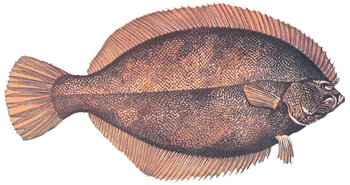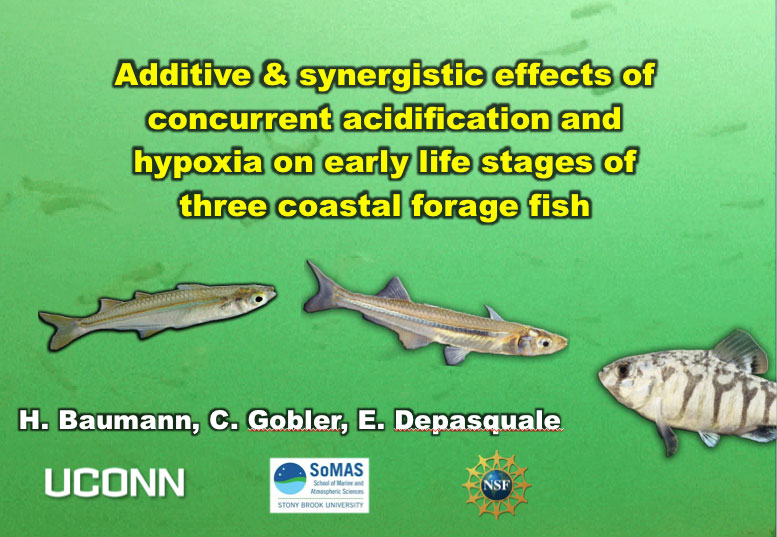Yencho, M.A, Jordaan, A., Cerrato, R.M., Baumann, H., and Frisk, M.G. (2015) Growth and mortality in coastal populations of Winter Flounder: implications for recovery of a depleted population.
Marine and Coastal Fisheries 7: 246-259.
Month: July 2015
[Presentation] Additive & synergistic effects of concurrent acidification and hypoxia on early life stages of three coastal forage fish
39th Annual Larval Fish Conference, Vienna (Austria) 16 July 2015; American Fisheries Society Annual Meeting, Portland (OR), 19 August 2015
Depasquale, E., Baumann, H., and Gobler, C.J. (2015) Variation in early life stage vulnerability among Northwest Atlantic estuarine forage fish to ocean acidification and low oxygen. Marine Ecology Progress Series 523: 145–156



